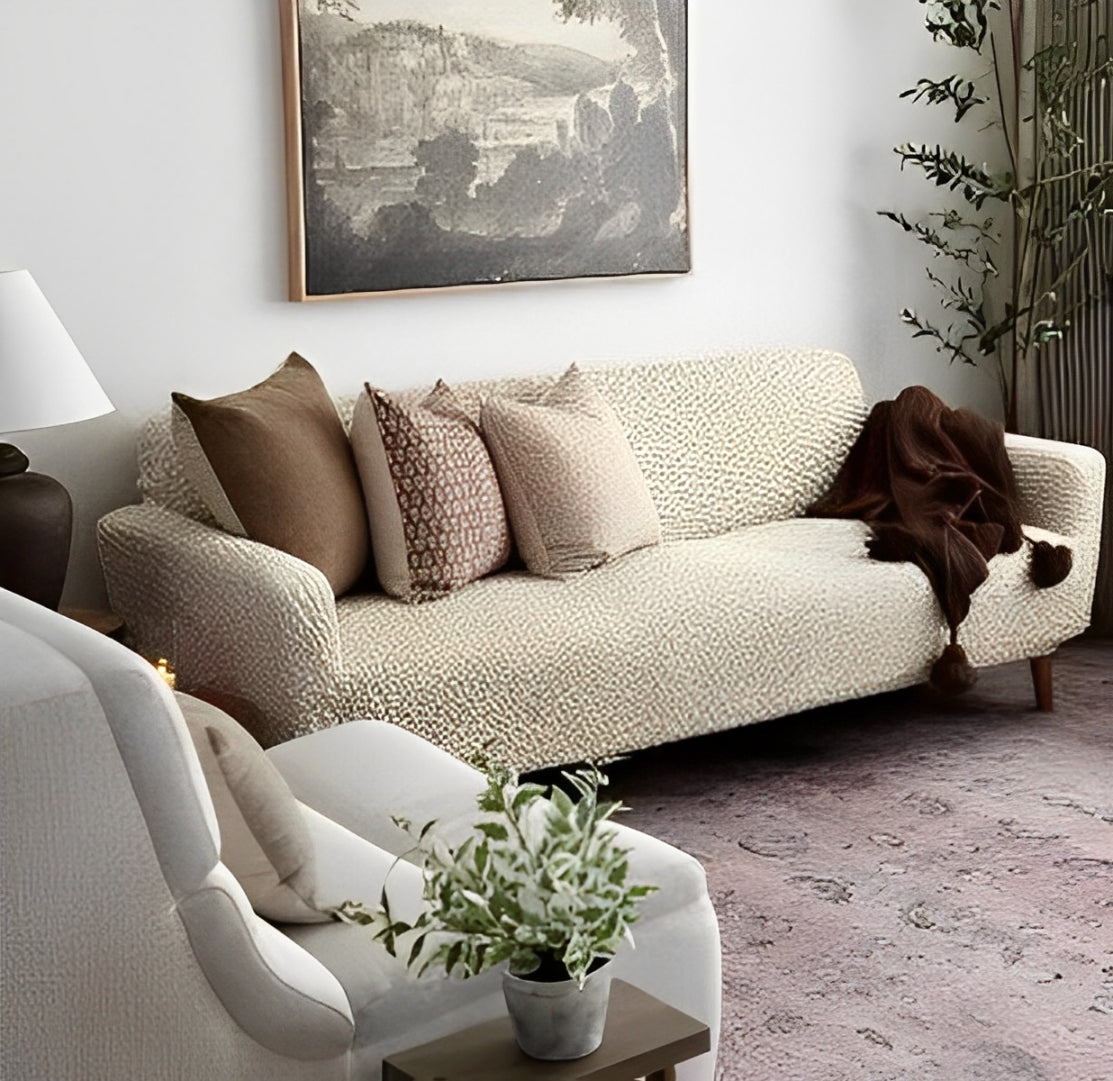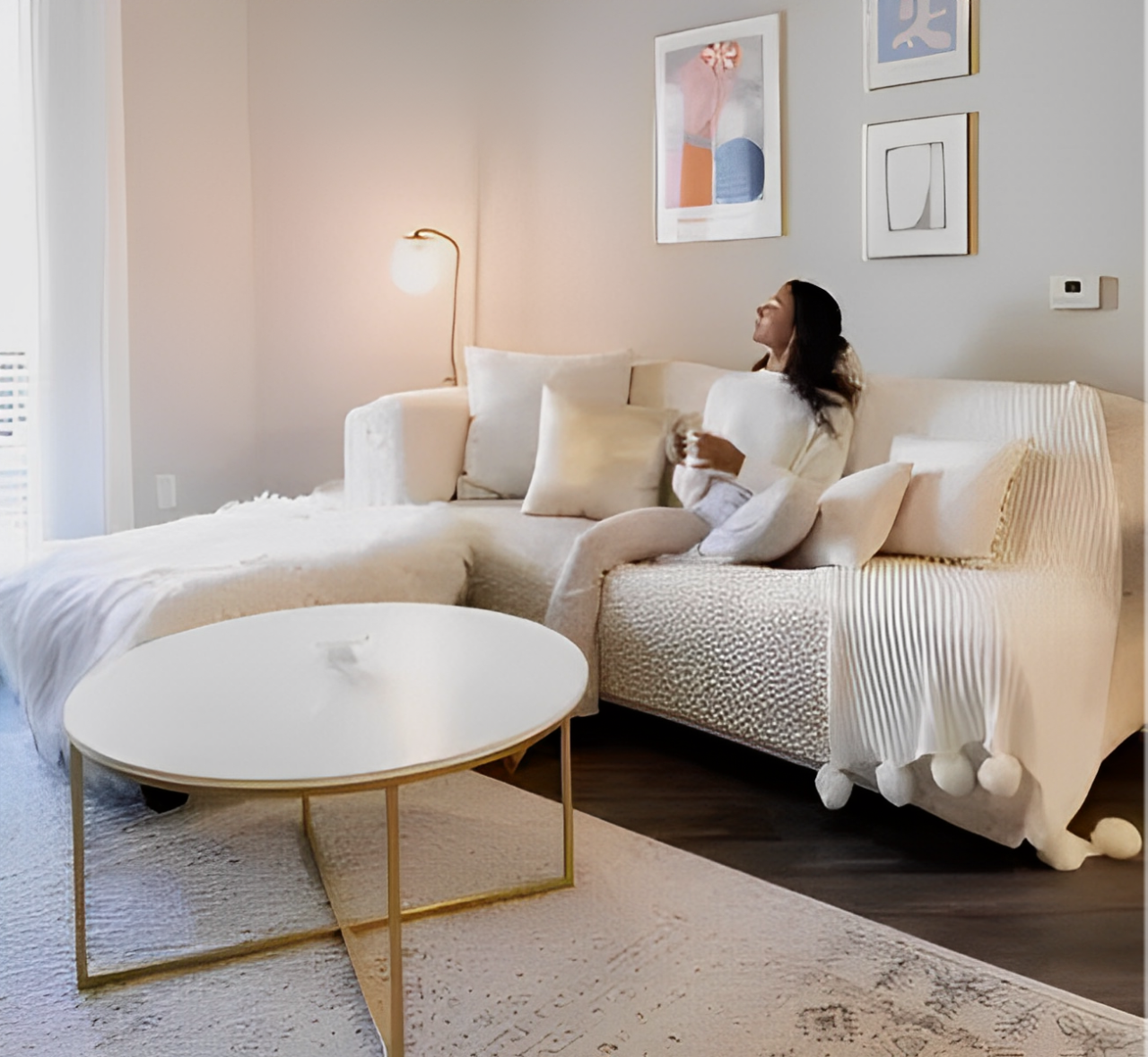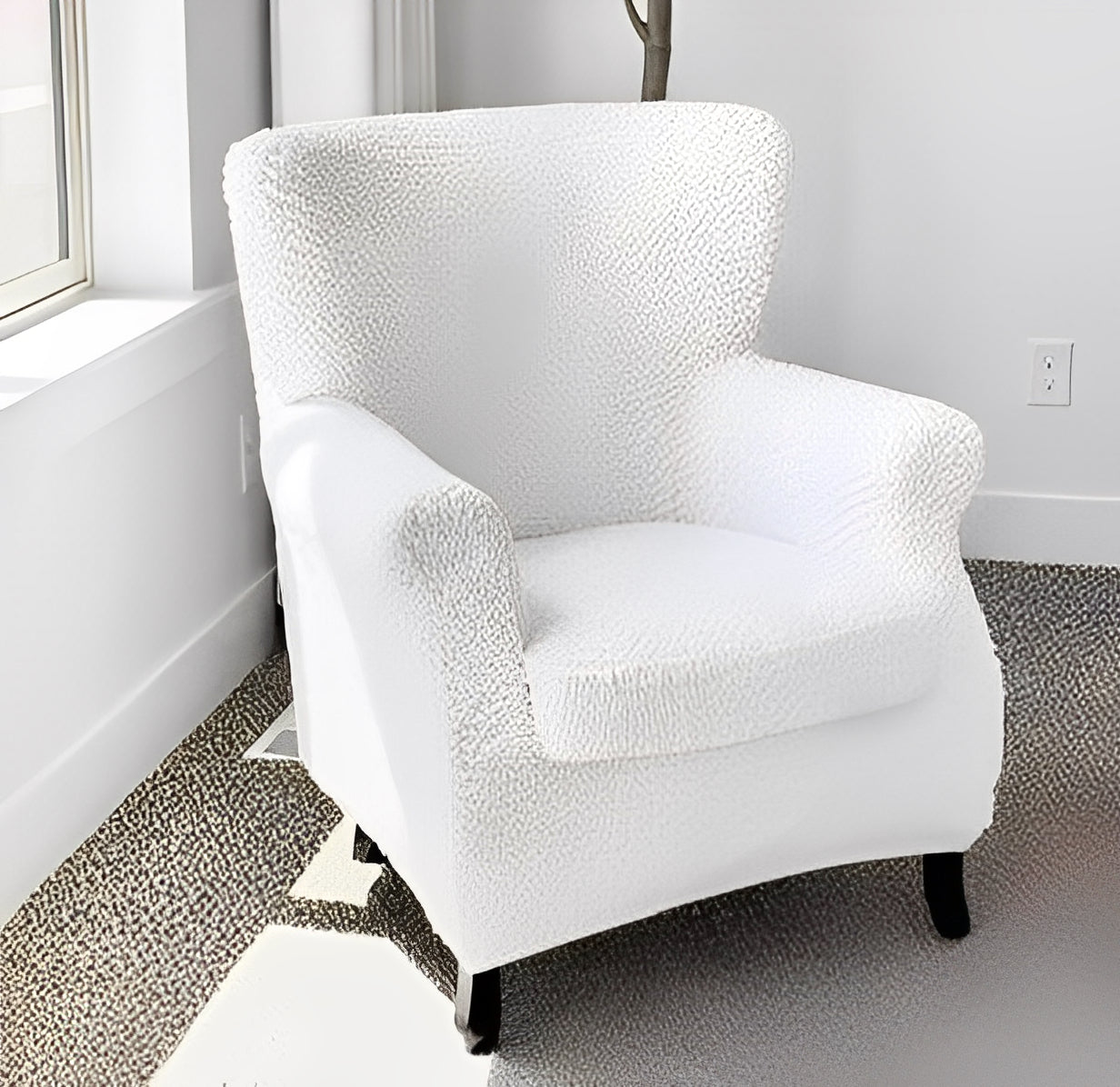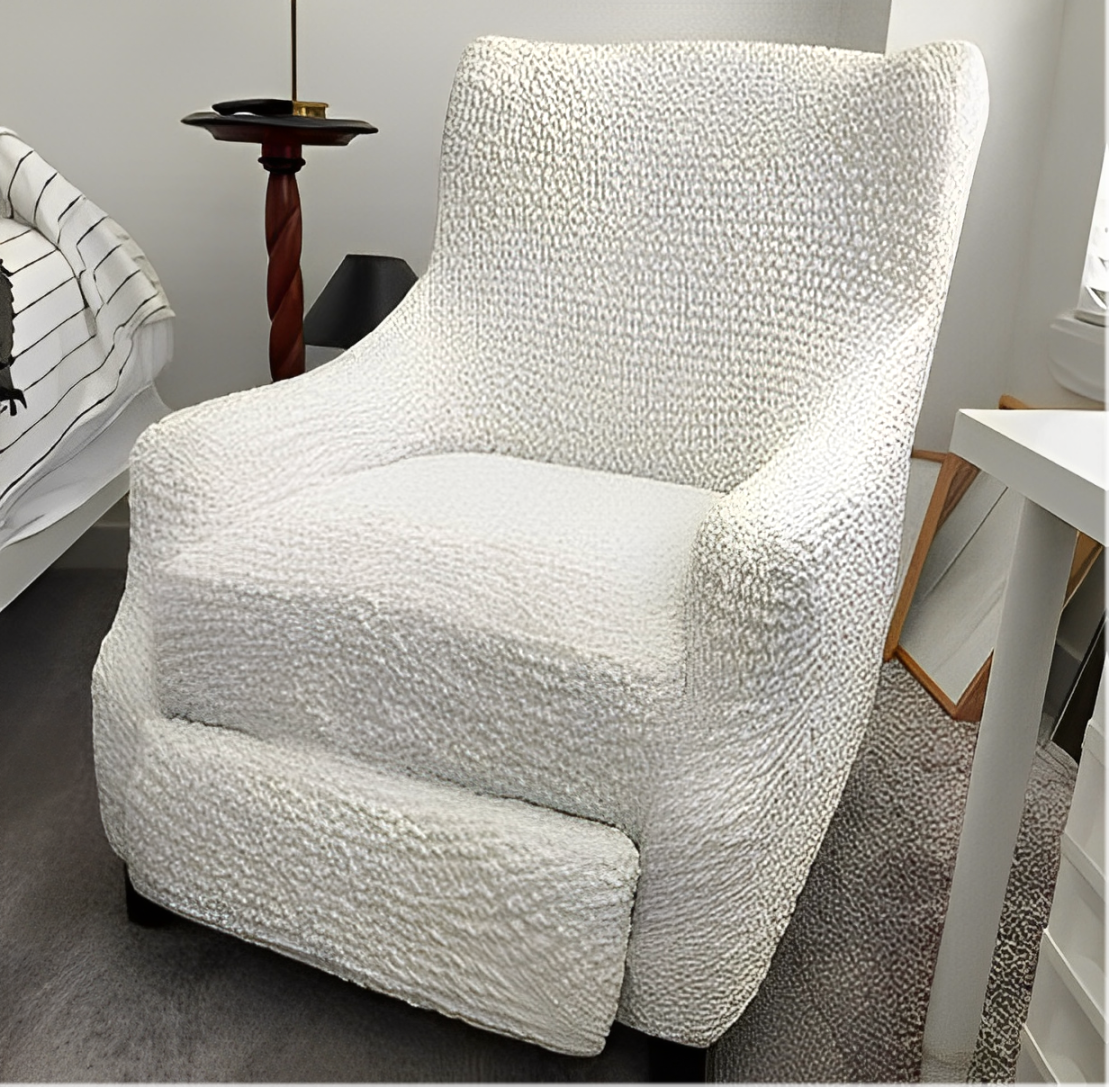Tired of the same old look but dreading a full-scale home makeover? Pattern play could be your style rescuer. It is a simple yet powerful design trick that can incontinently transfigure any room into a vibrant, dynamic, and personal space. Whether you are drawn to bold, eye-catching prints or subtle, textured patterns, the right combination can breathe new life into your home.
But mixing patterns is more than just throwing together random prints. Understanding the basics is key to creating a balanced and stylish look. With the right approach, you can painlessly elevate your innards without feeling overwhelmed.
Ready to trial? We will walk you through the process step-by-step, offering tips and tricks to help you achieve a cohesive and winning design.
Ways for Successful Pattern Mixing

Want to transfigure your living space without a complete overhaul? This design fashion can inoculate your home with personality, energy, and visual interest. But where do you start?
Learning the art of pattern combination involves a strategic approach. Let's break it down into key ways: opting for a harmonious color palette, achieving balance through scale, and creating focal points that command attention.
Structure Harmony: The Power of Color Palette
The foundation of successful pattern mixing falsehoods in a well-allowed color scheme. A harmonious palette ensures your patterns complement rather than disaccord, creating a cohesive and visually appealing space.
Choosing Your Color Base
Start by opting for a core color you adore. This will serve as the anchor for your entire palette. For illustration, if you are drawn to serene blues, make your scheme around different tones of blue, incorporating reciprocal tinges like faceless or white for balance.
The Neutral Base Approach
Alternatively, a neutral base can give an impulse for bolder choices. Conclude for a neutral lounge or wall color, and also introduce pops of color through accentuations like pillows or hairpieces. For this case, a neutral living room can be amped with patterns featuring unheroic, green, and argentine for a vibrant yet balanced look.
Remember: by maintaining a cohesive color palette, you will produce a sense of concinnity, indeed when mixing colorful patterns.
Let's move on to the coming essential element.
Finding Balance: Mastering Pattern Proportions
To prevent your space from feeling overwhelmed, understanding proportions is essential. The key is to produce a harmonious interplay between different pattern scales.
Big or Small: Choosing the Right Scale
Large-scale patterns command attention. Use them strategically on focal points like a center wall or a statement rug. Balance these bold patterns with smaller-scale designs on particulars like couch covers, pillows, curtains, or accent chairs. For example, a bedroom with a large geometric headboard can be softened with a delicate floral-patterned coverlet.
Mixing it Up: Combining Pattern Types
Don't be afraid to experiment with different pattern types. Combining a bold stripe with a soft floral can add depth and visual interest without overwhelming the space. The key is to maintain balance and ensure each pattern has its moment to shine.
By precisely considering proportions and types, you can create a dynamic and visually appealing space that reflects your style.
Next, let's explore how to produce focal points that draw the eye and enhance your interior.
Creating a Focal Point: The Heart of Your Pattern Play

To truly elevate your pattern-filled space, you need a focal point—a captivating centerpiece that draws the eye and anchors the room's design.
Choosing Your Focal Point
Identify the room's natural focal point. It might be a fireplace, a large window, or a specific wall. Once determined, select a bold pattern for this area. A rug, a striking piece of artwork, or a wallpapered accentuation wall can all serve as powerful centerpieces.
Harmonizing the Rest
Once you have established your focal point, choose patterns for other elements that complement, rather than compete with it. For example, if your centerpiece is a large, floral rug, opt for solid-colored furniture and introduce smaller-scale floral patterns in your sectional sofa slipcovers, pillows, or curtains.
Maintaining Balance
Remember, the focal point should dominate but not overwhelm. The other patterns should support it, creating a harmonious and balanced overall look.
Experiment and Enjoy
Remember, pattern mixing is a creative process. With practice and confidence, you will master the art of transforming your house into a home that reflects your personality. By following these guidelines, you will transform your space into a visually captivating and personalized haven.
Avoiding Pattern Pitfalls: Tips for Harmonious Spaces

While pattern mixing can add a vibrant and dynamic touch to your home, it is easy to make mistakes that can disrupt the overall aesthetic.
Overcoming Overwhelm
One of the most frequent errors is overloading a space with too many patterns. This can create a chaotic and cluttered atmosphere. To prevent this:
- Prioritize: Choose a dominant pattern and build around it.
- Balance is key: Introduce solid colors to provide visual rest.
- Less is more: Focus on a few key patterns rather than trying to incorporate everything.
Harmonizing Patterns and Colors
Clashing patterns and colors can disrupt the room's harmony. To avoid this:
- Color coordination: Select patterns with similar color palettes.
- Style synergy: Consider the style and ensure they complement each other.
- Trial and error: Experiment with different combinations to find what works best.
Achieving a Cohesive Look
To create a unified and stylish space:
- Dominant pattern: Choose a standout one to set the tone.
- Complementary patterns: Introduce one or two additional that enhance the main pattern.
- Neutral foundation: Use neutral colors to balance the patterns and create a cohesive background.
By following these guidelines, you can confidently experiment with pattern mixing and create a space that is both visually appealing and personally expressive.
Pattern mixing is an art form that requires balance and experimentation. By understanding the principles of color harmony, pattern scale, and focal points, you can create spaces that are both visually stimulating and personally expressive.
Remember, the key to success lies in finding the perfect combination of patterns that resonates with your style and complements your room's overall aesthetic. So, don't be afraid to step outside your comfort zone and have fun with it!
MORE INTERIOR DESIGN IDEAS AND INSIGHTS:











